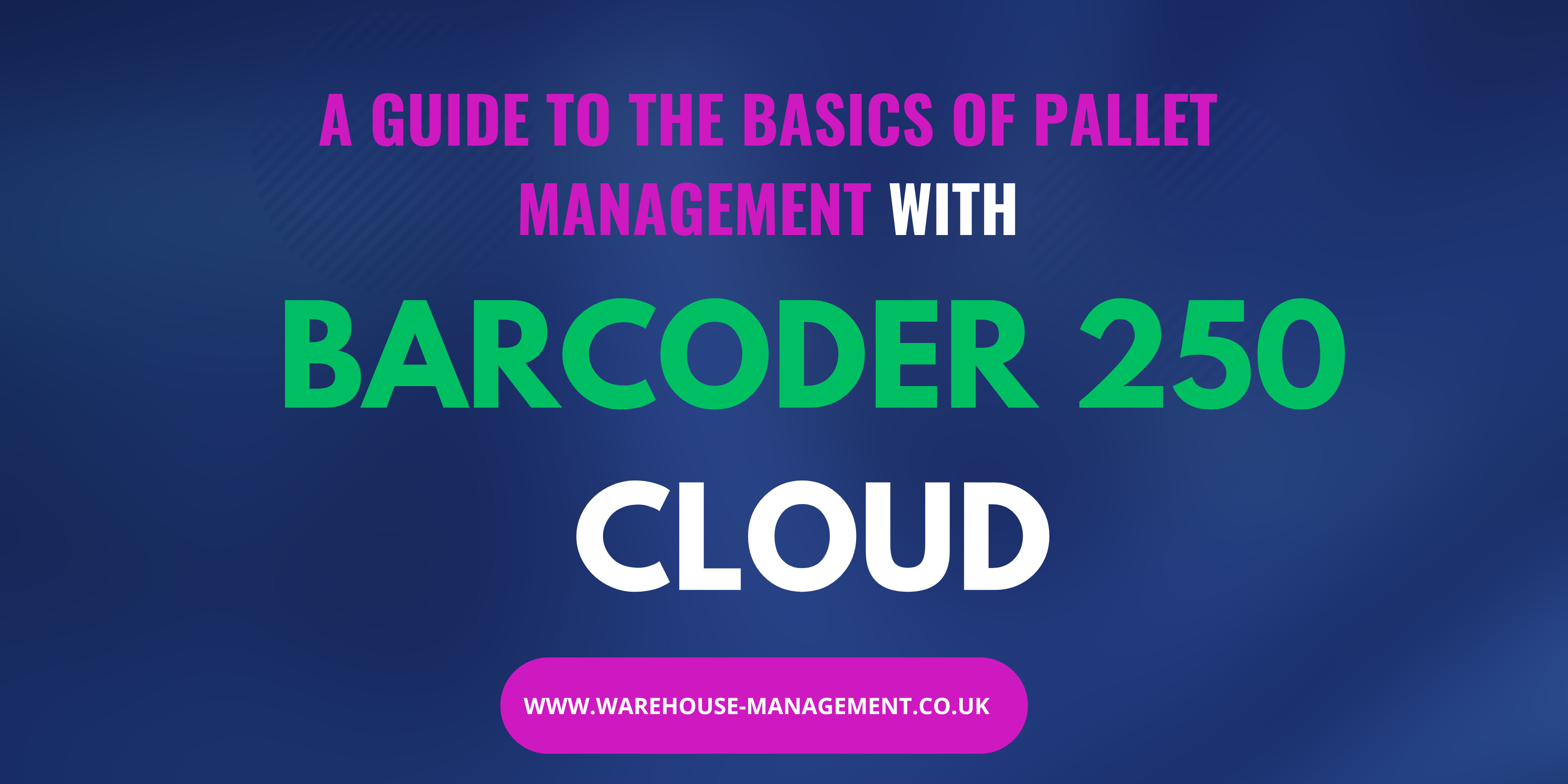
Pallets, those simple platforms made of wood, plastic, or metal, might not seem important, but they're crucial in supply chain logistics. This blog will explore the basics of pallet management, and how the Barcoder 250 Cloud warehouse management system with Sage 50, Sage 200, Xero and Quickbooks can help you manage your pallets better.
The Barcoder 250 Cloud WMS is a comprehensive pallet management software which includes the ability to predict the storage space required for large deliveries.
Understanding Pallet Management
Pallet management involves handling, storing, maintaining, and moving pallets throughout the supply chain. Additionally, It also includes the prediction of the space required for the storage of large deliveries. Its goal is to ensure pallets are available when and where they're needed, and that the best use is made of the available warehouse space to save money.
Why Efficient Pallet Management Matters
Efficient pallet management helps businesses in several ways:
1. Optimized Warehouse Space: Managed pallets help warehouses make the best use of available space.
2. Improved Workflow: A pallet management system will keep track of all pallets in your warehouse and the products that are on them. The system will make it easy to locate any individual pallet.
3. Saving Money: Managing pallets well means spending less on buying new ones or fixing old ones.
4. Being Eco-friendly: By recycling or reusing pallets, businesses can reduce waste and help the environment.
Key Parts of Pallet Management with Barcoder 250 Cloud
1. Pallet Tracking by Customer: Barcoder 250 creates a unique barcode for each pallet, allowing easy tracking from receipt to dispatch.
2. Pallet Creation: This module allows for the addition of new pallets in the system and tracks all products loaded onto them.
3. Sales by Pallet: For Sage 200 users, this module treats loaded pallets as a single saleable item, simplifying shipments of multiple products. This is an idea for stock clearances for example.
Best Ways to Manage Pallets
1. Using Standards: Using the same size and type of pallets makes things easier for everyone in the supply chain.
2. Training Workers: Making sure everyone knows how to handle pallets safely and correctly helps avoid accidents.
3. Working with Others: Communicating well with pallet suppliers, distributors, and customers makes managing pallets easier for everyone.
4. Always Improving: Regularly looking for ways to do things better helps businesses stay efficient and competitive.
In conclusion, knowing how to manage pallets is essential for businesses to keep their supply chains running smoothly and save money. By following good practices and using tools like Barcoder 250 Cloud WMS, companies can make their operations more efficient and successful. Storing and shipping materials has never been simpler with its user-friendly interface and powerful features.